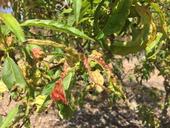
Peach leaf curl is a fungal disease that only affects peach and nectarine trees. The fungus causes distorted, reddened leaves to appear on the tree in the spring. While many peach and nectarine trees don't begin to show obvious symptoms of peach leaf curl until the spring, the time to manage the disease is in late fall and winter.
If left untreated for several years, trees can decline and need to be removed. In some cases, peach leaf curl can affect the quality of fruit too.
To effectively control peach leaf curl, spray an appropriate fungicide in the fall or winter, after leaf drop but before flower buds swell in the spring. The fungal spores overwinter on peach and nectarine twigs and flower buds. If left...
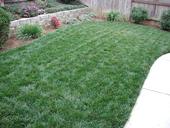
“Kill your lawn!” has become a popular phrase and landscaping trend in recent years. Whether you are looking to completely remove your lawn or just renovate it, this article will give you useful information to help you decide how best to do away with your existing lawn and prepare for your new design.
There are many reasons someone might be looking to get rid of their lawn.
- Can be costly to maintain (water, landscapers, time, equipment, fertilizers, etc.)
- Aesthetics (desire a different look)
- Create habitat (plants for birds, pollinators, natural enemies, etc.)
- Replace groundcover (plant different grass type, install turfgrass alternative)
- Save water by...
- Author: Lauren Fordyce
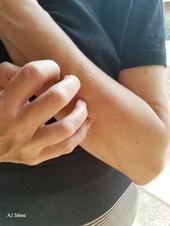
Do you feel like something is biting you? Have red swollen spots on your skin?
There are many biting and stinging pests that could cause such reactions, such as mosquitoes, ticks, mites, bed bugs, fleas, and head lice. But sometimes it can be the result of an allergic skin reaction.
To learn more about the potential causes of itching and red swollen skin, join UC IPM on November 16th from 12-1pm PST on Zoom. This lunchtime webinar will be presented by Dr. Siavash Taravati, Area Urban IPM Advisor for the Los Angeles Basin area. Register here!
- Author: Lauren Fordyce
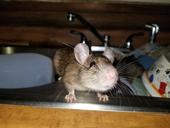
Most people don't think about rats or mice until they become pests in or around the home. But with experts predicting that these pests will be particularly bad this upcoming winter, you might want to spend some more time rodent-proofing your home and other buildings.
A new report from the National Pest Management Association (NPMA) predicts an increase in rodent infestations from the cool, wet weather we've had in California. When temperatures...
- Author: Lauren Fordyce
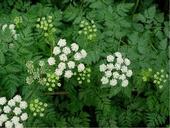
Plentiful rainfall in California this spring created an ideal environment for many plants to thrive, including wildflowers, trees, and shrubs that desperately needed the water. However, other potentially harmful species also benefited from the unusually wet weather. Of particular concern are poisonous plants which are growing abundantly in parks and wildlands this year. These plants pose health risks to people, especially children, and pets. Being able to identify poisonous plants and understand available control options is critical for the safety of people who encounter them. While several poisonous plants grow in California, a few of the more common are detailed below along with information on how best to remove or manage...


